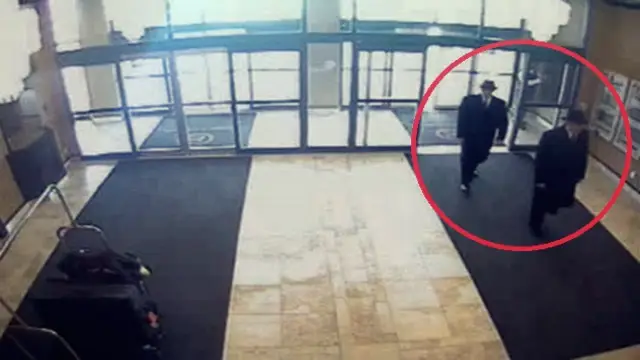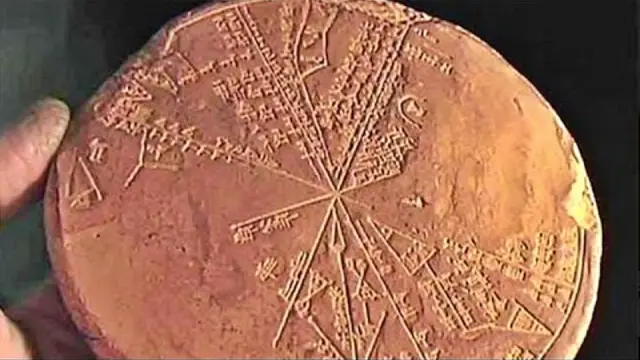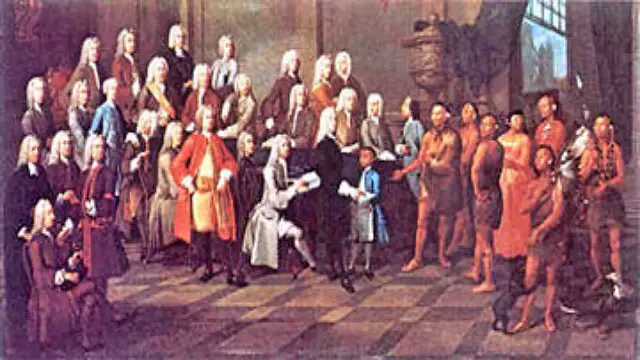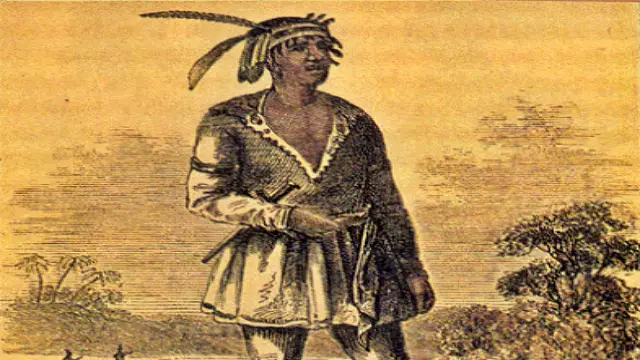n
n
n
n
n

nBeads of Sunlight
n
n
n
n
n
nFrancis Baily was lucky, because he got to see two solar eclipses!
n
n
n
nYou probably know that a solar eclipse is a rare event when the moon gets in the way of Earth’s view of the sun. In other words, those people on Earth in the moon’s shadow see an eclipse!
n
n
n
n
What you may not know is the anatomy of a shadow and how that relates to what kind of eclipse people get to see.n
nn
n

n
n
n
n
n
n
n

nThe umbra is the darkest part of the shadow in the diagram. People in the umbra see the moon completely cover the sun—and then they get to see the sun’s corona, which is usually washed out by the brightness of the sun itself. This is called a total solar eclipse.
n
n
n
n
n

nThe antumbra extends beyond the tip of the umbra. People in the antumbra see the moon fully in front of the sun, but the moon is too small to completely cover the sun, so there appears to be a ring of fire around a black disc. This is called an annular solar eclipse.
n
n
n
n
n

nThe penumbra is the lighter gray part of the shadow in the diagram. Obviously, you can see that many more people will be in the wide penumbra than in the narrow umbra. These people will see the sun with a “bite” taken out of it as the moon only partially covers it. This is called a partial solar eclipse.
n
n
n
nBack to Baily
n
n
n
nFrancis Baily, born on this day in 1774, was an English astronomer. On May 18, 1836, he observed an annular solar eclipse in Scotland, and he reported that there were bright “beads” of sunlight bulging on the ring of sun visible during the eclipse. These beads are now called “Baily’s beads,” and they are caused by the irregular surface of the moon, which of course has mountains and valleys and craters.
n
n
n
nBaily traveled to Italy to see a total solar eclipse on July 8, 1842. Again, he was able to observe the beads just before and just after totality.
n
n
n
n
n

nBy the way, when just one “bead” is left uncovered, we see the “diamond ring effect.”
n
n
n
n
n
n
n
n
n
n
n
n
n
n
n
























